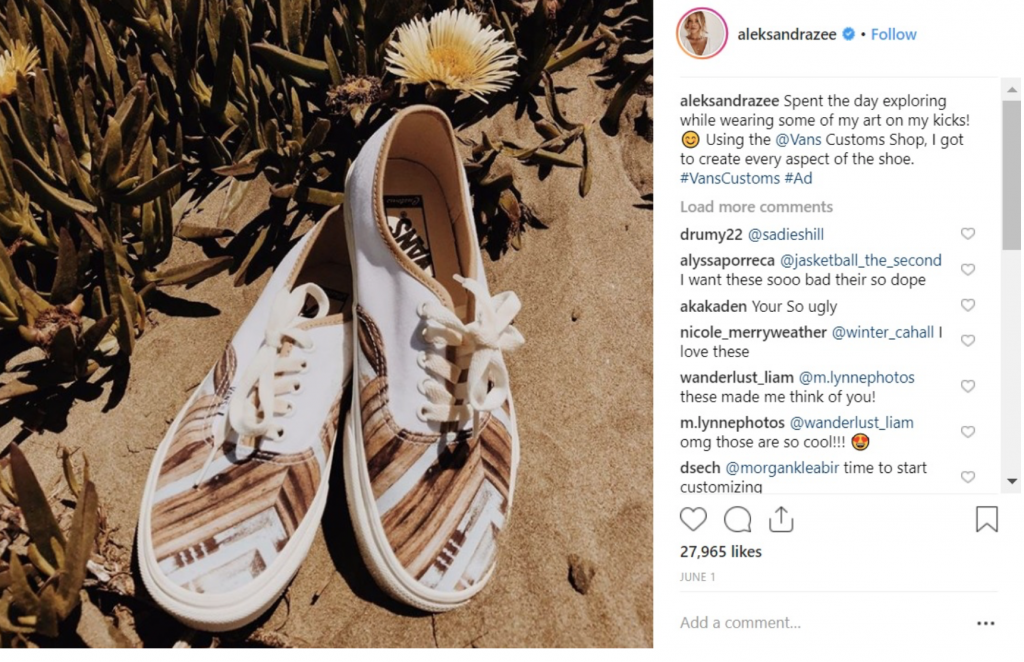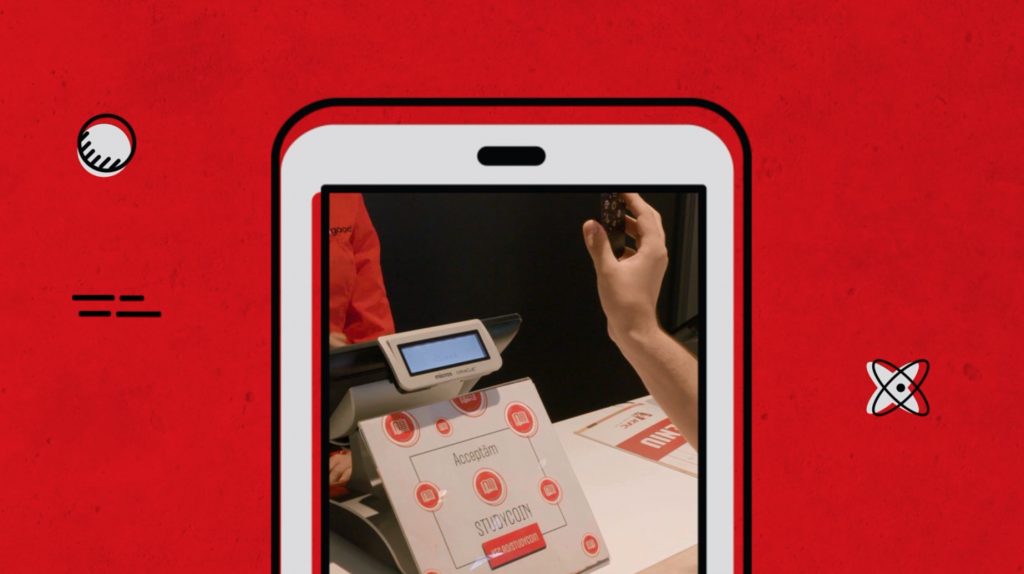Gen Z comprise 32% of the global population, have an estimated $44 billion in spending power and are passionate about their beliefs and principles. They demand action, not just words. And to really capture their attention requires an entirely different approach to what brands have spent the last few years mastering with their millennial predecessors.
Gen Z are the true “digital natives” – they haven’t known a world before smartphones and technology, they are used to having information quickly and efficiently at their fingertips as and when they want it. And they seek content in visual forms – it’s no wonder they are drawn to Instagram, Snapchat and YouTube, and they have a very clear understanding about how to leverage different platforms for different purposes. They can use as many as five screens and they expect brands to provide them a unified, seamless experience that covers them all.
In the fight for eyeballs and attention, advertisers are tapping into mobile, video, social and gaming to truly engage with this Gen Z audience. Furthermore, they are putting a greater focus on relevance and purpose in order to draw them in and keep them engaged in the long term.
Delving into the Festival of Media Global Awards 2019 shortlisted and winning entries, there were a number of campaigns created from the outset with Gen Z in mind to capture their attention in relevant ways – not just in terms of content and media, but in purposeful messaging.
“Everybody is aware that there is a crisis with attention so [I was impressed by] those ideas that could really cross that issue,” said Festival of Media Global Awards 2019 Content Jury Chair Diego Belbussi, Founder of RPLN!SH. “There’s also been a transition from the marketing agency and industry practice from the past to the new in-house agencies and [it’s interesting to see] how we’re all trying to tap into relevance to gain that attention. Some of the cases fall into what used to be good enough but others are really using all of the tools that are available right now and building their audiences first.”
Given the short attention span of Gen Z consumers in terms of engaging with content (less than eight seconds, versus 12 for millennials), advertising has to follow where Gen Z eyeballs are going and marketers have to get smarter in order to tap into their wants and preferences.
A panel session entitled ‘Want some Gen Z attention’ at the Festival of Media Global 2019 explored the opportunities, trends, challenges and the future behind the huge success of mobile videos in gaining younger generations’ attention. The panel was moderated by Anuj Dahiya, Global Digital Head of Mondelez and comprised Candy Deng, Vice President, Greater China E-Business & Media, P&G and Harry Charalambous, Director of Sales, TripleLift.
One of the key discussion points to come from that session looked at how brands need to be authentic and make clear their purpose from the outset in order to engage: “Gen Z don’t want fake things but they welcome advertising that is truly engaging, truly entertaining and authentic”.
It also touched on native advertising and how brands “need to be in the content to get their attention so that they can engage live”. Another point highlighted in both the awards entries and conference sessions was the power of influencers. “Gen Z are like the influencers in a lot of ways. If brands want Gen Z as a consumer or an influencer, they have to determine whether that person is a consumer in that target process.”
“We should start co-creating the product with Gen Z so they are part of the co-creation journey, not just the end of the media targeting so they will become our source of inspiration for the product design and content design. Invite them into the process,” said Deng.
As Gen Z is only set to gain more and more purchasing power, brand marketers need to stay ahead of the game and address social and mobile in relevant and engaging ways. These new kids on the block are influencers in their own right and have high expectations when it comes to advertising. Brands need to create and build close interactions with this audience, in both an entertaining and authentic way to truly capture their attention.
We put the spotlight on two Festival of Media Global Awards 2019 winning entries, which highlight this trend:
Not just one creator | Vans | Starcom | US
Shortlisted for: Best Influencer Campaign (GOLD WINNER), Best Use of Programmatic
Summary:
A differentiator for Vans is its customiser. Competitors offer the ability to make custom shoes, but only provide a limited, pre-determined set of colors and options. Vans allows people to become footwear designers by uploading their own artwork to create fully personalised shoes, from sole to tongue. To grow sales, Vans needed to expand into new territories beyond Action Sports and Music. It wanted to reach the people behind underground culture and trends that spread to help get the word out about custom Vans. It called this group, “Expressive Creators.”
They share the same DNA as Vans in that they are unique and don’t want to be like everyone else. They are ages 13-34, trendsetters especially with fashion, and Instagram is their social media of choice (239 index). To them, creating is the purest form of expression. And when it comes to brands, they are not easy to win over. What the agency found in common among this diverse group of Expressive Creators was that they hated being boxed in. Give them a set of rules their art should follow? They’ll break ‘em. Impose limits? They’ll ignore ‘em. It realised that Expressive Creators are programmed to colour outside the lines.
For people that colour outside the lines, Starcom designed a campaign outside the lines, with an influencer and programmatic social strategy as unique as each creator. To get the word out about custom Vans and drive sales, it found influencers Vans never tapped before and created customised social content connected programmatically to audiences the brand never reached before. It had the influencers make custom Vans using their own artwork and develop original content about them, which they shared organically to fans and followers on Instagram.
Study Coin | KFC | UM | Romania
Shortlisted for: Best Use of Technology (SILVER WINNER)
Summary:
In Romania, high value is placed on a great education. It’s the cornerstone to a successful future career. However, baccalaureate exams, the most important exam in teenagers’ lives, are passed by only 50-70% of students after graduating high school. Looking at ways to engage teens by using education, UM realised many youngsters lose their focus on studying as they become focused on countless other things. Among these, having money is a continuous preoccupation, as spending money is one of the main mindsets for over 60% of high-school teens. By translating successful school work into a rewarding currency, we could help stop the dramatic decline in pass rates for baccalaureate exams and help students take the next step towards their profession.
In the next phase of the digital revolution, crypto-currencies are reshaping economies by democratising money and currencies with their own unique trading system based on complex algorithms. For the young digital generation, this new reward system was a huge bet for KFC: how about using the same model to reshape the Romanian educational system, and stimulate teenagers to learn more and be rewarded in KFC’s stores? Within this school turmoil, the agency saw an opportunity to win teens to KFC’s side by introducing a new currency that would make you both rich AND smart while simultaneously driving business sales. In spring 2018, KFC, in partnership with top universities professors, launched Study Coin: a coin teens could earn digitally using the most powerful tool they possessed… their brains.
It created an online platform for teenagers to solve math tests relevant to their baccalaureate exams in order to earn Study Coins. Knowing that math is one of the compulsory sections in the baccalaureate exam for most specialisation profiles, it talked to the most respected mathematics professors in the country to crowd source problems that included the use of equations, systems of equations, functions, limits, etc. The Study Coin value was determined dynamically by a unique algorithm that took into consideration the number of problems solved on previous days and the number of users on the website. The coins could be exchanged by users at KFC restaurants for any type of product simply by showing their KFC digital wallet to the cashier.









